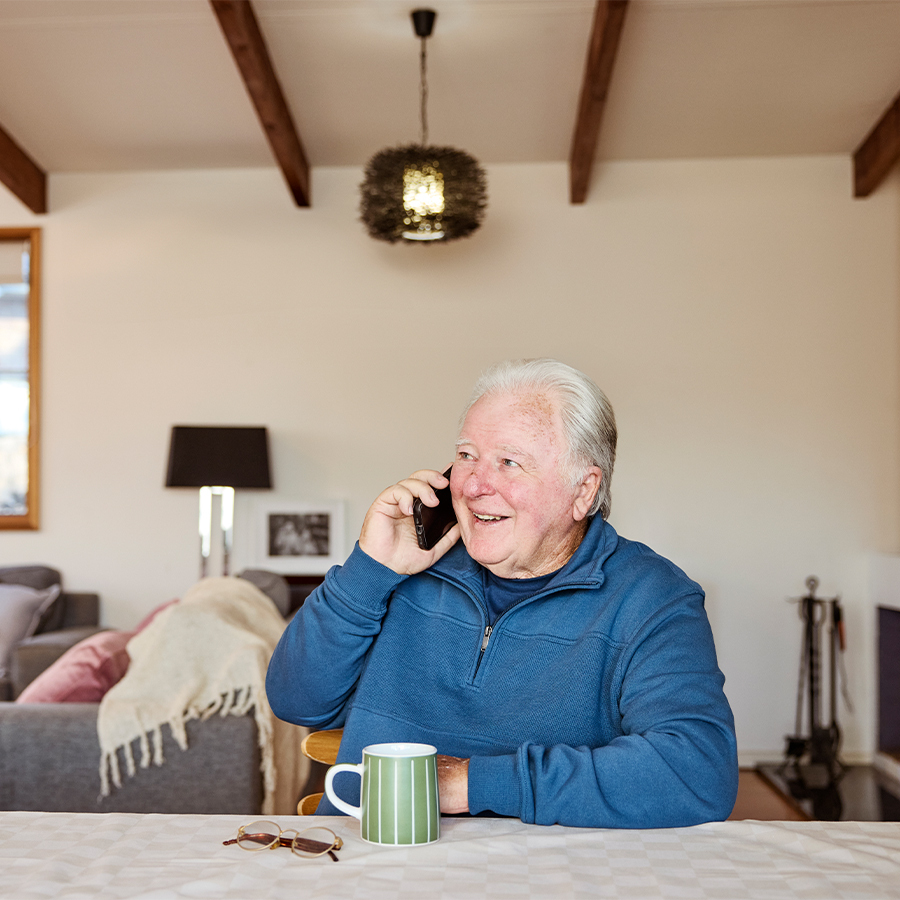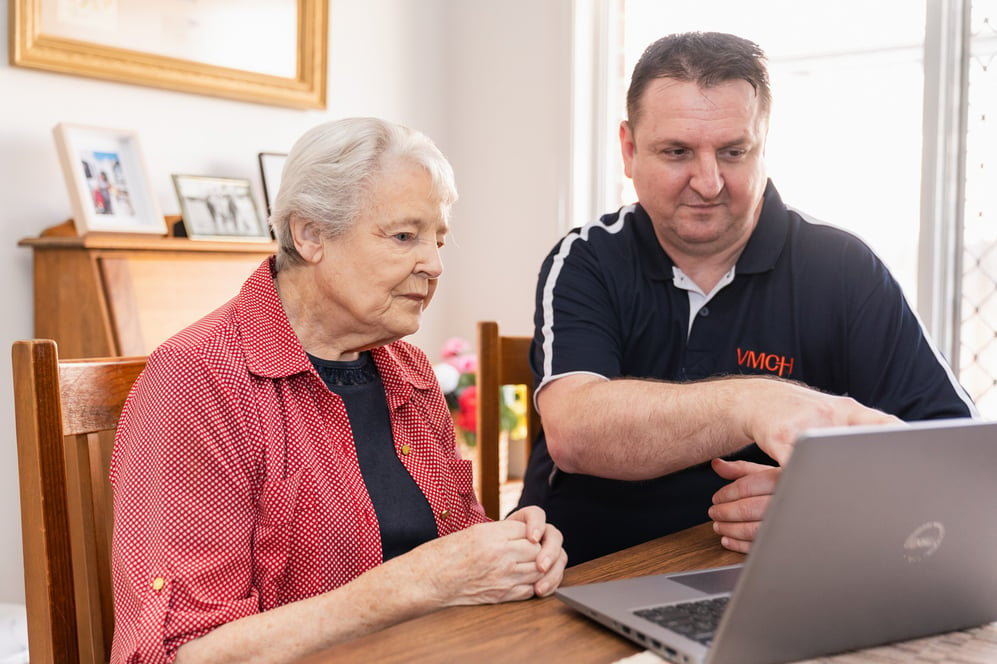
About VMCH
Our Board
Our Board
Meet the dedicated leaders guiding VMCH’s vision, driven by our values and commitment to supporting communities across Victoria.
VMCH Experience Charter
VMCH Experience Charter
The VMCH Charter guides us to deliver the highest quality care and support to you, or your loved one.
Our Mission
Social Enterprises
Social Enterprises
Social enterprises at VMCH support people with disability to start their careers with help from local businesses.
Pastoral Care
Pastoral Care
Pastoral care at VMCH offers personalised spiritual and emotional support. Our practitioners and volunteers provide comfort, companionship, and meaning at every life stage.
Affordable Homes
Affordable Homes
We believe our nation’s older generation deserve access to safe and secure housing; a place where you can live your life to its fullest.
Donate
Christmas appeal
Christmas appeal
Help us share joy, kindness, and connection with people in need across our VMCH community this Christmas.
Philanthropy
Philanthropy
What sustains VMCH as an organisation is the engagement and contribution of our staff, our volunteers and our community supporters.
March 28, 2025
At-Home Aged Care
SAH: Participant contributions
Government funds ~80% of SAH cost; participants contribute based on service type and financial means, no fees for clinical care.
Understanding the New Support at Home program
Following recommendations from the Aged Care Taskforce, the government has introduced a more sustainable, fair, and equitable home care system that balances government funding with participant contributions.
What this means:
- The government will remain the primary funder of aged care, covering 89% of costs.
- If a person has the financial means, they are expected to contribute to the cost of their care. For example, self-funded retirees with sufficient assets will contribute based on an income assessment by Services Australia.
- A strong safety net is in place to support those with limited financial means.
Participant contribution arrangements
Under SAH, participants only pay for the services they receive. Contributions are calculated based on an hourly rate (or unit of service), with a set percentage of the total service cost covered by the participant, where applicable.
For example, if a person receives two hours of domestic assistance, they will pay a set contribution per hour, while the government covers the remaining cost as a subsidy to VMCH. 
How contributions are determined
The contribution rate depends on two key factors:
- The type of service received:
- Clinical care is fully funded by the government for all participants, meaning no out-of-pocket costs for services in this category.
- Independent services require moderate contributions from those who can afford to pay.
- Everyday living services (such as domestic assistance and gardening) have the highest contribution rates, as the government does not typically fund these services at any other stage of life.
2. The participant’s financial status, including their Age Pension eligibility, Commonwealth Seniors Health Card status, and means assessment.
Support at Home: Participant contribution rates by category.
Note: These rates apply to SAH participants. If you are an existing home care recipient, read about the contributing arrangements for existing home care recipients for more information.
Clinical supports |
Independence |
Everyday living |
|
| Full pensioner | 0% | 5% | 17.5% |
| Part pensioner | 0% | Part pensioners and CSHC holders will pay between 5%-50% based on an assessment of their income and assets. | Part pensioners and CSHC holders will pay between 17.5%-80% based on an assessment of their income and assets. |
| Self-funded retiree (holding or eligible for a Commonwealth Seniors Health Card- CSHC) | 0% | For part pensioners this will be based on their Age Pension means assessment. CHSC holders will undergo a separate assessment for SAH. | For part pensioners this will be based on their Age Pension means assessment. CHSC holders will undergo a separate assessment for SAH. |
| Self-funded retiree (not eligible for a Commonwealth Seniors Health Card) | 0% | 50% | 50% |
How this differs from the current Home Care Package system
Unlike the current system where the basic daily fee and income-tested care fee remain fixed regardless of service usage, SAH ensures contributions are directly tied to the actual services used.
Are you interested in securing a Home Care Package before the transition? Get in touch and we’ll help you get started.
Contact us to connect with a friendly expert for a relaxed, no-pressure conversation.








